
Natures Sublime
Natures Sublime
An Essay in Aesthetic Naturalism
Robert S. Corrington
LEXINGTON BOOKS
Lanham Boulder New York Toronto Plymouth, UK
Published by Lexington BooksA wholly owned subsidiary of The Rowman & Littlefield Publishing Group, Inc.4501 Forbes Boulevard, Suite 200, Lanham, Maryland 20706www.rowman.com
10 Thornbury Road, Plymouth PL6 7PP, United Kingdom
Copyright 2013 by Lexington Books
All rights reserved. No part of this book may be reproduced in any form or by any electronic or mechanical means, including information storage and retrieval systems, without written permission from the publisher, except by a reviewer who may quote passages in a review.
British Library Cataloguing in Publication Information Available
Library of Congress Cataloging-in-Publication Data
Library of Congress Cataloging-in-Publication Data AvailableISBN 978-0-7391-8213-0 (cloth : alk. paper)ISBN 978-0-7391-8214-7 (electronic)

The paper used in this publication meets the minimum requirements of American National Standard for Information Sciences Permanence of Paper for Printed Library Materials, ANSI/NISO Z39.48-1992.
Printed in the United States of America
DEDICATED TO
ROBERT C. NEVILLE
Der Zeit ihre Kunst,
Der Kunst ihre Freiheit
(Art for the Times, Freedom for Art)
Creed of the Viennese Secessionist Movement 1898
Preface
In this book I have ventured into new territory and have further developed the method of ordinal phenomenology from my earlier books as the primary means of access to the traits of self, community, religious phenomena, and the domains of art and the aesthetic. In addition, I have continued to radicalize classical psychoanalysis through an ordinal regrounding that renders it more capacious and correlated to the orders of nature and natures unconscious. This has entailed taking issue with specific theories and thinkers such as Husserl, Heidegger, and Marion in phenomenology and Freud, Jung, Rank, Reich, Kohut, and Kristeva in psychoanalysis, both critically and appreciatively. Ordinal phenomenology critiques both transcendental and hermeneutic phenomenology as resting on an implied and inadequate metaphysics that leads to a near obsession with certainty and the evident, via essentialization. Ordinal psychoanalysis critiques the drive theory of Freud from the standpoint of Kohuts self theory as enriched by other post-Freudian perspectives, which are themselves reconstructed from an ordinal perspective.
The concept of selving is one of the key motifs of the text as it appears in both personal and communal forms. It is complex and vast in its various modes of being and cannot be reduced to a cluster of essences that somehow prescind from the often unruly orders of the world. Selving, involving the full force of the unconscious in its threefold realitythe unconscious of nature, the collective unconscious, and the personal unconsciousis highly resistant to traditional forms of phenomenological description and requires an ordinal treatment that probes into its most regnant and important ordinal locations, however resistant to description they may appear to be at first glance. Ordinal analyses and descriptions bring out the full scope and richness of the selving process.
Communal semiotics further impacts on the selving process and the self/community correlation is ripe with momenta that are phenomenologically available through a kind of semiotics of infinity or infinitizing. The actual infinite of signs and interpretants, that is, new signs, gives life and embodiment to the nascent self as it begins its journey among the signs of its communities. The self belongs to more communities than it knows and part of the struggle of existence is to find some coherence among these communities and their often competing value schemes.
Among the most powerful signs and interpretants are those of religion and art and the boundary between these two great dimensions of life are often hard to draw. However, with care it is possible to demarcate the correlation between the religious use of a sign or object and its aesthetic use. This book argues that the sphere of art is more important and salvific for the selving process, personal and communal, than that of religion. Among the several reasons for this two stand out: (1) art is less tribal and more universal than religion; and (2) religion and religious identity have a built-in (hard-wired) tendency toward violence while art does not.
The most fundamental distinction within the one nature that there is, namely, that between naturenaturing and naturenatured , permeates the entire framework. Naturenaturing can be defined as, nature perennially creating itself out of itself alone, while naturenatured can be defined as, the innumerable orders of the world, which have no collective outer shape or contour.
My argument is that this primal distinction is best preserved and articulated in an aestheticnaturalism that serves as the metaphysical horizon for this book. The perspective is fully naturalistic in that it affirms that nature is all that there is and that there is no such thing as a supernatural realm. This naturalism is aesthetic because it affirms the primacy of beauty and the sublime in any capacious metaphysics that probes into the deepest dimensions of naturenaturing as they become relevant to naturenatured . The terminology of ordinal metaphysics is used when the stress is on the innumerable orders of naturenatured , making it a part of the larger metaphysics of aesthetic naturalism.
Robert S. Corrington
Drew University
Introduction
In foundational level philosophy it is profoundly difficult to extricate method from the matter being thought through, precisely because method and its matter are co-given on the deepest layers of encounter. One does not simply choose a method from a warehouse of stand-alone methods that can be applied in a neutral way to this or that complex or order within nature. Rather, the process is more akin to creating a work of art in which the media and the product shape and challenge each other in the process of contrivance. Method and its objective correlate go all the way down.
Yet it is also the case that some methods are better than others for particular tasks and that a judicious choice at the outset of philosophic exploration and query can make the difference between a fecund and powerful portrayal of nature and a sterile and truncated caricature of the world and its innumerable orders. The first question is: what is being asked about in this essay? That is, what is the matter of thought for which the right method is being sought? The answer is that this essay is concerned with seeking the primary traits within nature of the human process, the nature of human communities, the structure and powers of religion, and the powers and potencies of art. These four dimensions of the world, this fourfold, as parts of nature, are explored in a methodic way through a novel use of a method that has had a long and positive standing in philosophy since the nineteenth century; namely, phenomenology. However, classical phenomenology rests on dubious and weak metaphysical presuppositions that must be reconstructed if it is to function in this treatise as the primary method of query and description.
Here we shall see that classical phenomenology in Husserl and Heidegger, rests on inadequate ontological principles and categories showing that the correlation of method and subject matter goes deep. Our second question thus is: Insofar as phenomenology is the method chosen in this work can it be reconfigured to better correlate with its generic subject matter; namely, self, community, religion, and art? And if so, may we envision a new way of seeing the relationship between metaphysics and phenomenology?
Next page


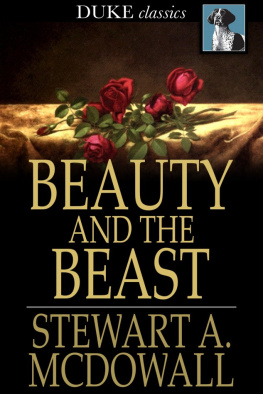

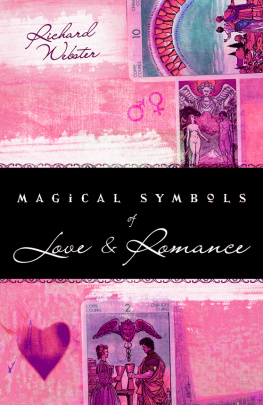
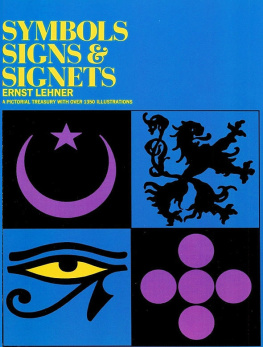
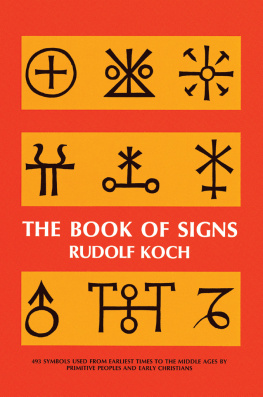
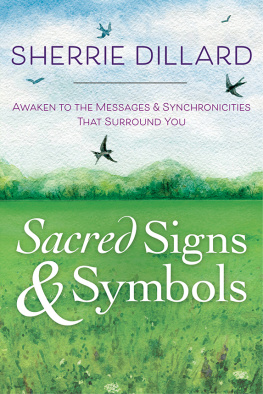
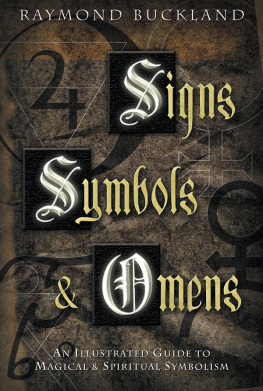


 The paper used in this publication meets the minimum requirements of American National Standard for Information Sciences Permanence of Paper for Printed Library Materials, ANSI/NISO Z39.48-1992.
The paper used in this publication meets the minimum requirements of American National Standard for Information Sciences Permanence of Paper for Printed Library Materials, ANSI/NISO Z39.48-1992.